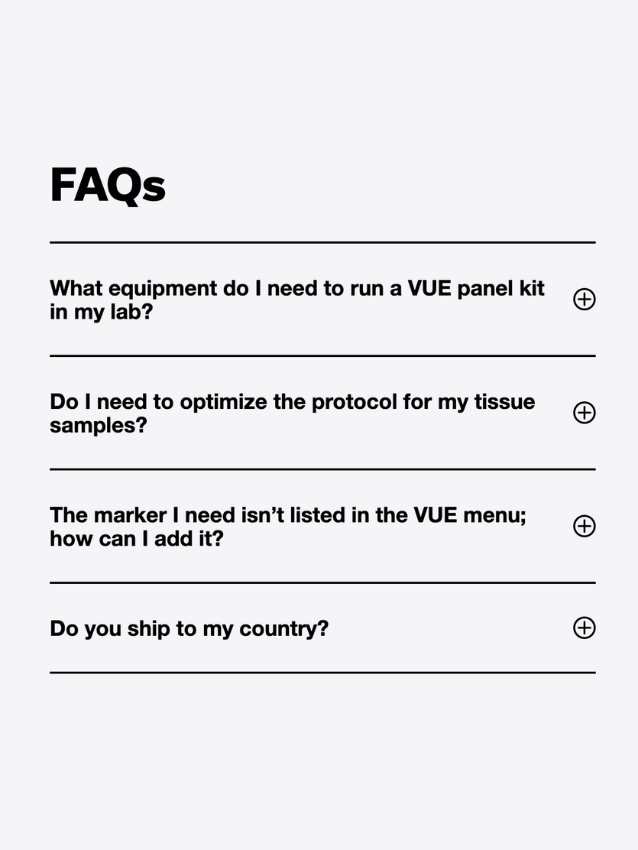It’s TIGIT TiME
Despite advances in immunotherapy, it’s clear that only a minority of patients respond. Therapies that rely on immune activation, such as checkpoint inhibitors, have been shown to be especially difficult due to the complex and heterogeneous immune escape mechanisms which can develop in each patient. Clearly there’s much anticipation and focus on new contenders for successful combination checkpoint therapy.
December 22, 2021
Identified over 10 years ago as a promising emerging immune checkpoint target, T cell immunoreceptor with Ig and ITIM domains, better known as TIGIT, has been the focus of recent scientific headlines and represented in over 60 clinical trials as of December 2021. Why the hype?
Expressed on multiple types of immune cells, including Tregs, activated T cells, and NK cells, TIGIT indirectly suppresses T-cell activation and together with its main ligand, CD155 can also contribute to local suppression of immune-surveillance. Predictably then, TIGIT expression is associated with advanced disease and poor survival outcomes and increased TIGIT expression after treatment is further associated with disease recurrence. Anti-TIGIT therapy is therefore key and presumed to stimulate immune function and enhance the activity of both T cells and NK cells so it was somewhat surprising that many studies using single TIGIT blockade revealed limited anti-tumor efficacy.
TIGIT targeting instead is likely to be most efficient when combined with other immunotherapies. Already various pre-clinical and early phase clinical studies indicate that blockade of TIGIT together with the PD-1/PD-L1 pathway leads to tumor rejection in a variety of indications, perhaps through a mechanism of tumor antigen-specific CD8+ T cell expansion.
Evidence to date looks promising and recent work (Wen et. al., 2021) analyzed the expression patterns of the TIGIT and its value of prognostic prediction among 33 types of cancers based on the data collected from The Cancer Genome Atlas (TCGA) and the Genotype-Tissue Expression projects (GTEx) noting correlations of TIGIT with pathological stages, tumor-infiltrating immune, signatures of T cells subtypes, immune checkpoint genes and the degree of Estimation of STromal and Immune cells in MAlignant Tumor tissues using the Expression data (ESTIMATE).
Clearly TIGIT expression varies between tissue compartments and cell types in normal and tumor conditions underscoring the importance and need of a detailed in situ immunophenotyping analysis of patient tissue samples to address the balance of immune inhibitory and stimulating markers within the tumor immune microenvironment (TiME).
In the end fundamentally addressing a potential immunosuppressive landscape and identifying TIGIT interactions may provide not only the valuable information for which patient will benefit but also the design of more effective treatment options in cancer.
Want to explore the expression of TIGIT and other markers in your tissues? Check out some of our newest panels enabling a detailed interrogation of the tumor microenvironment associated with specific cancer types.
For more information on any of our products and pre-optimized panels visit https://ultivue.com/panels/.








